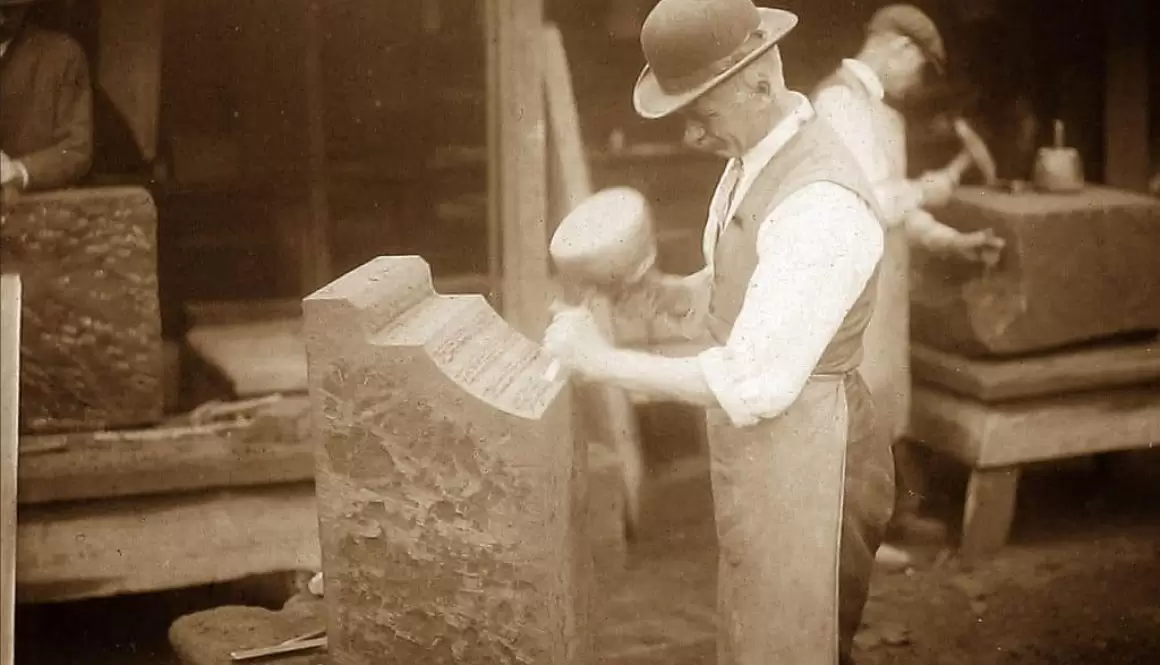Joseph Turner and Eliza Thompson
Joseph Turner and Eliza Thompson
Joseph Turner
Information regarding Cross Hands Quarry and Tormarton Quarry supplied courtesy of South Gloucestershire Mines Research Group.
Eliza Thompson
Eliza Thompson was born in Chipping Sodbury, Gloucestershire, England in 1827 and was baptized in Chipping Sodbury Church on 24 February 1827, by her parents Isaac and Mary Thompson.
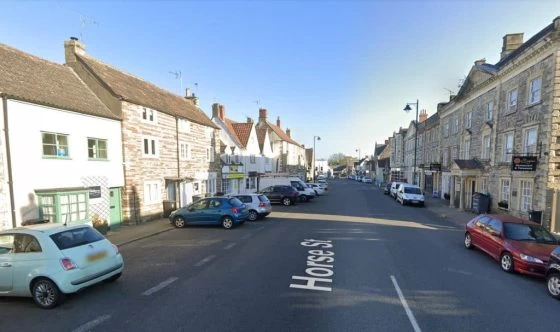
Residence
According to the various nineteenth century census returns, Joseph Turner and Eliza Thompson lived in Horse Street, Chipping Sodbury.
The Post Office which was run by his grandson Francis Turner and his wife Bessie Hine, is located on the right hand side next to the lamp post.
Tortworth Court, Wooton under Edge
In February 1853 it was reported that the dressings of the windows, doors, arches etc of Earl Ducie’s new mansion at Tortworth Court, Gloucestershire are of stone from the three quarries at Crosshands and the Farleigh Down quarries near Bath.
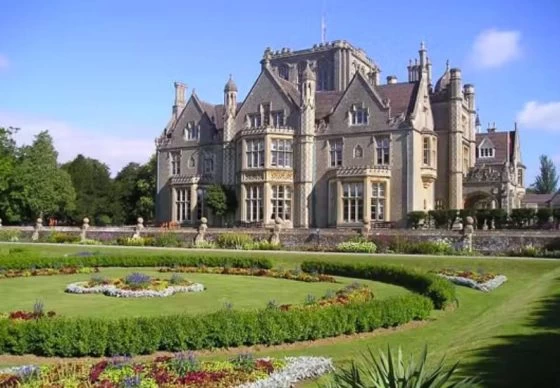
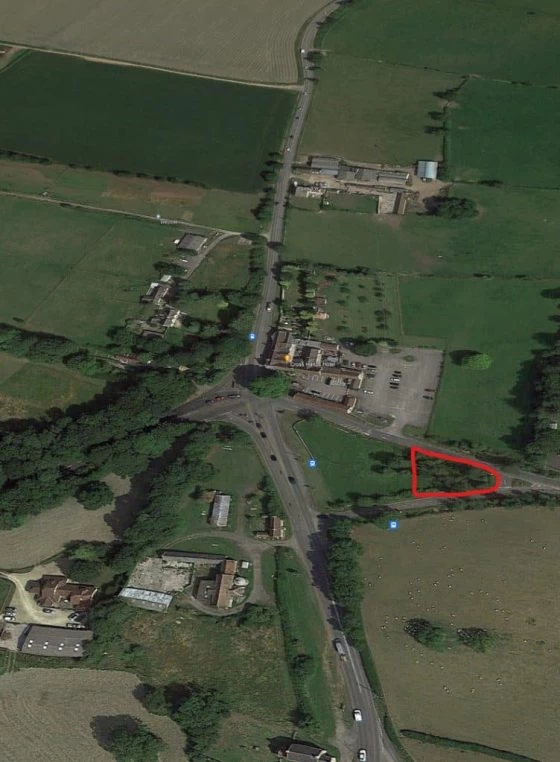
Cross Hands Quarry or Turner’s Quarry
Of these three quarries, Cross Hands Quarry, also recorded on maps as Eyles’ Quarry and Turner’s Quarry, was an underground one. Directories and the census returns indicate that Thomas Eyles worked the quarry from before 1851 up to circa 1868 when his wife or widow described herself as a Stone Mason (Cutter).
From 1870 Thomas’ sons, James and Joseph worked the quarry. James was the active partner but was retired by 1891, in which year William J Collins of Old Sodbury is recorded as a Freestone Quarry Master. He worked it up to 1895 or 6, and was followed by James Mills a Chipping Sodbury builder who worked it up to 1900, after which it disappears from the record.
To complicate the above orderly succession of quarry masters, there is a surviving letter dated February 1881 from the HM Inspector of Mines addressed to Joseph Turner at Tormarton Quarries, Chipping Sodbury! Further research is needed to resolve this conundrum.
On the ground there are the usual tumps and hollows, earlier OS maps record a now lost shaft. It was still possible to get underground in 1988; the quarry is heavily gobbed up (almost to the ceiling) with waste stone retained behind high neat drystone walls flanking a very narrow haul road. The haul road ruts are about 3 feet gauge and there are small (about 6 inch square) chog holes in the ceiling, showing that a small crane was used here. Since 1988 the access has been obscured by sheep carcasses, old washing machines etc.
Tormarton Quarry
The photograph opposite is of Brookmans Quarry, Tormarton and shows a typical underground stone quarry.
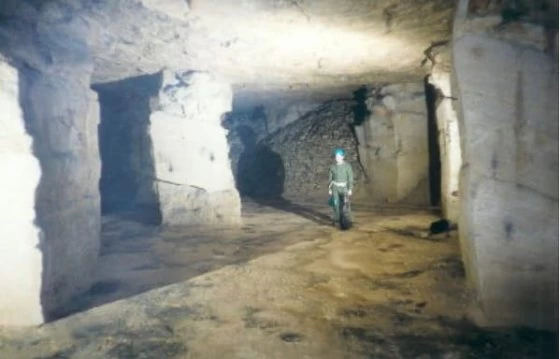
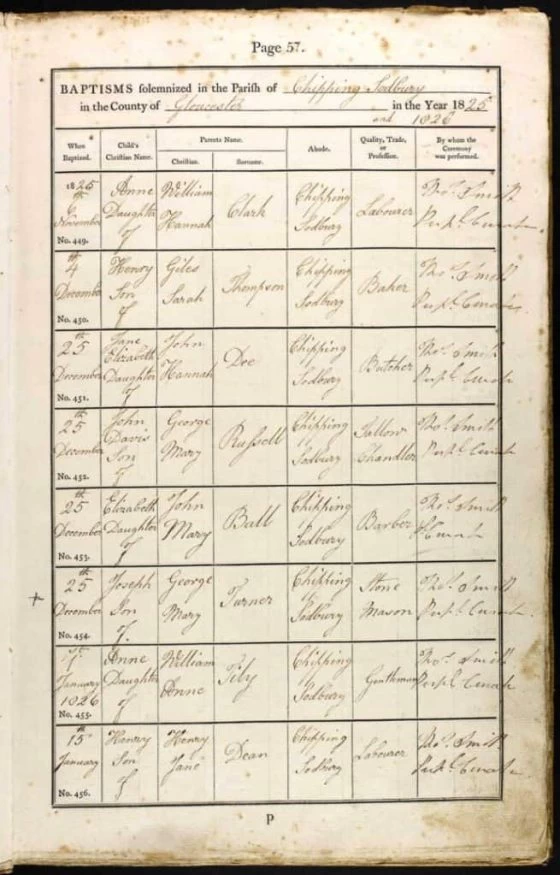
Birth of Joseph Turner
Joseph was born sometime in 1825 and was baptized in the Parish of Chipping Sodbury on Christmas Day 1825, by his parents George Turner and Mary Coomes.
Birth of Eliza Thompson
Like her husband Joseph, Eliza Thompson was baptized in Chipping Sodbury Church on 24 February 1827.
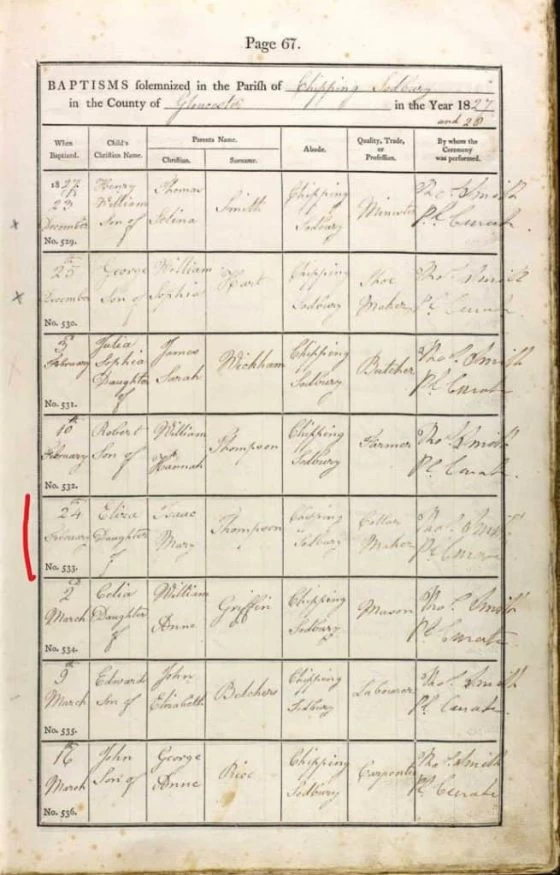
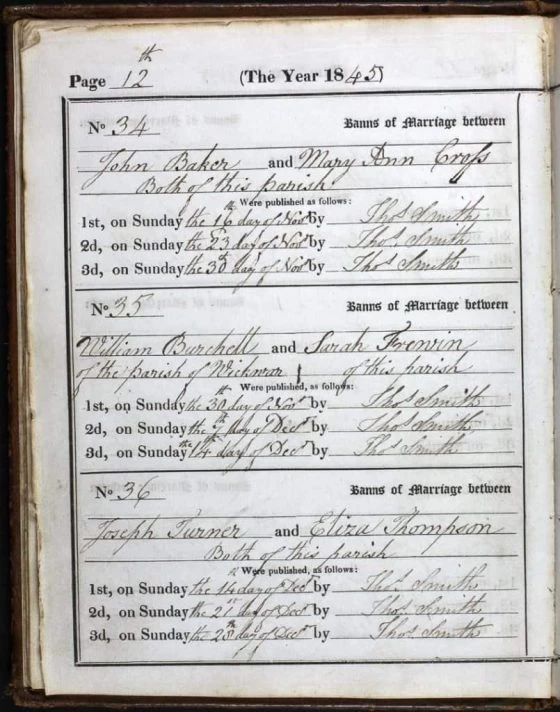
Marriage
Joseph Turner and Eliza Thompson were married in Chipping Sodbury on 28 December 1845.
Underground Quarries
In the 1861 census, Joseph Turner describes his occupation as “Stone Quarryman”. Turner’s Quarry only employed two staff below ground and one above ground with an annual output in 1885 of 70 tons.
By the 1881 census, Joseph has now become a stone mason. I take this to mean that he is no longer working below ground removing the stone blocks, but is now working as a mason to dress the stone to the profiles that will be required for the building for which it is destined. An altogether more skilled and less hazardous occupation.
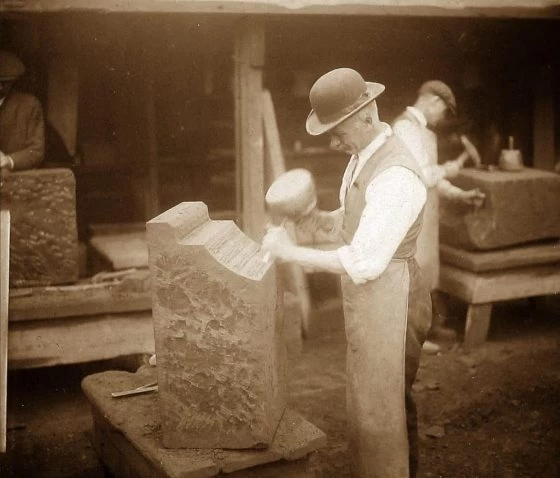
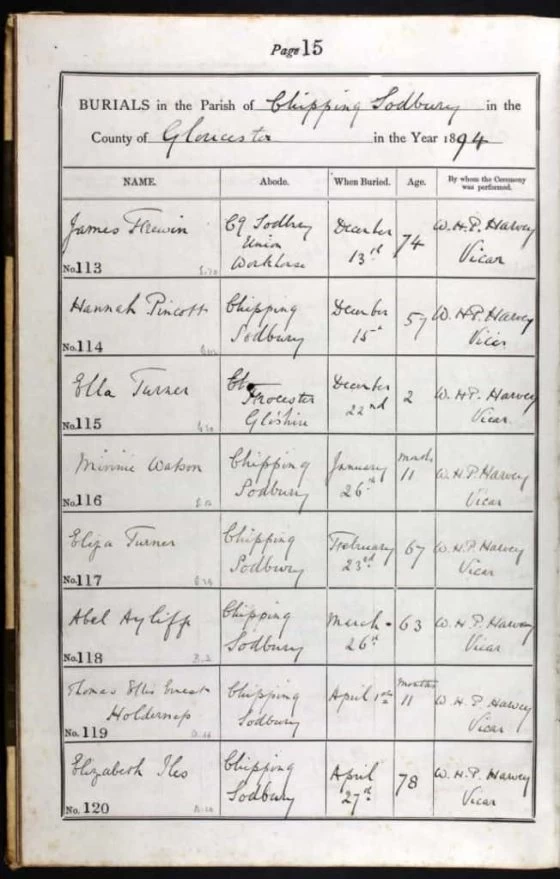
Eliza Thompson
Eliza Thompson died and was buried in the new churchyard next to Waitrose on the Wickwar Road on 23 February 1894. Joseph and Eliza, during her life together raised sixteen children over 27 years. A remarkable achievement.
Her husband Joseph died in 1900 and is buried in the same grave as his wife Eliza.
